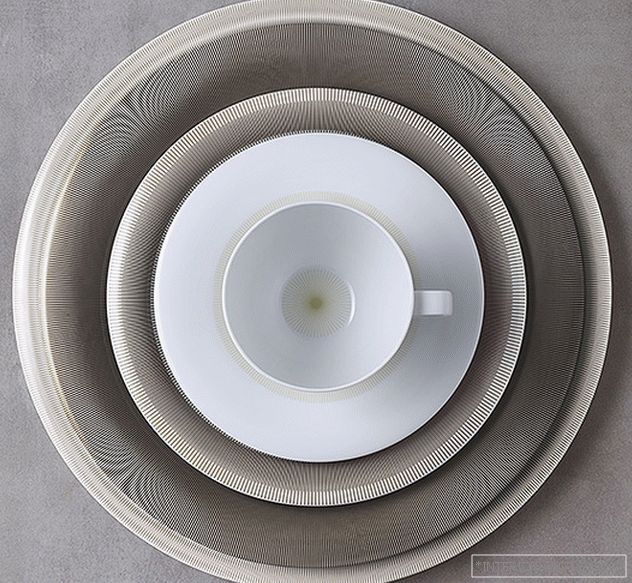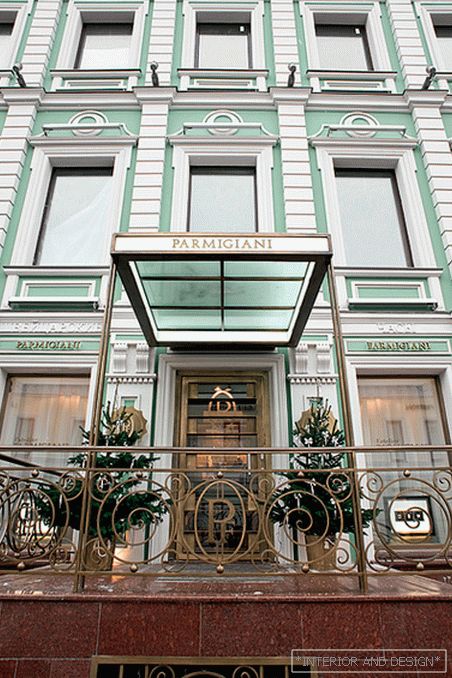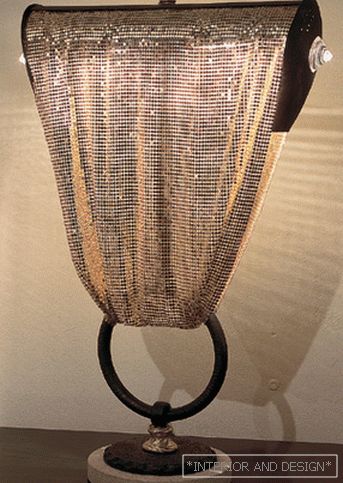Embassy of the Republic of Belarus
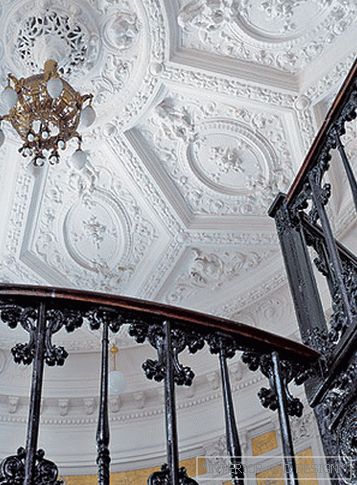
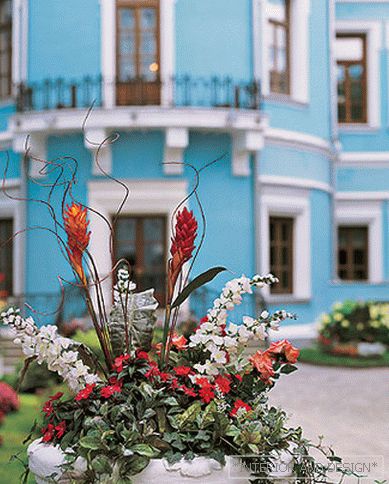

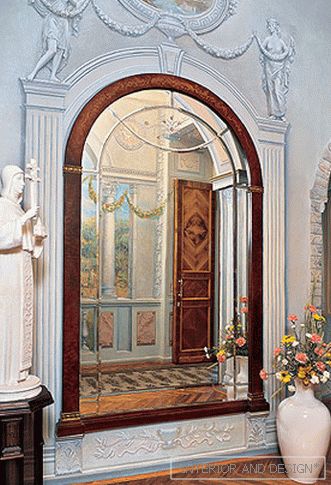

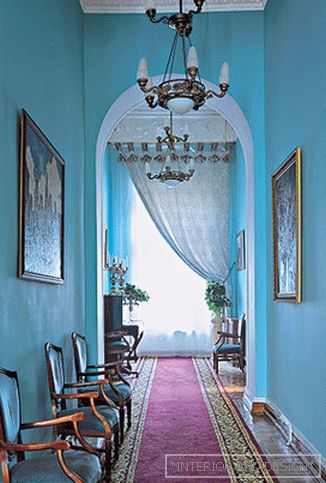
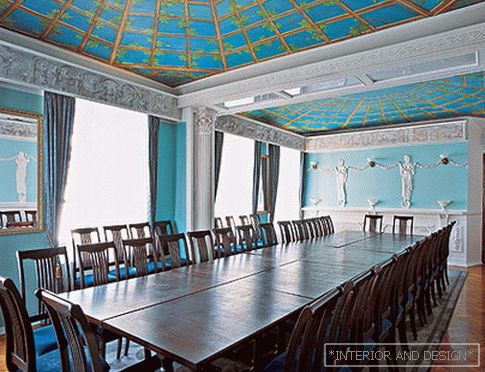
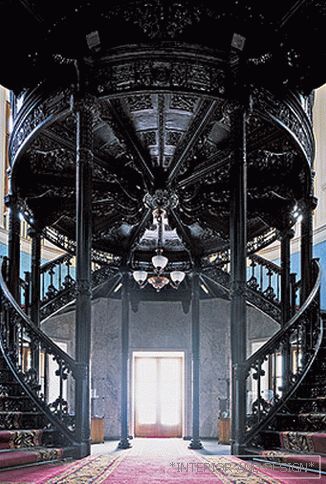

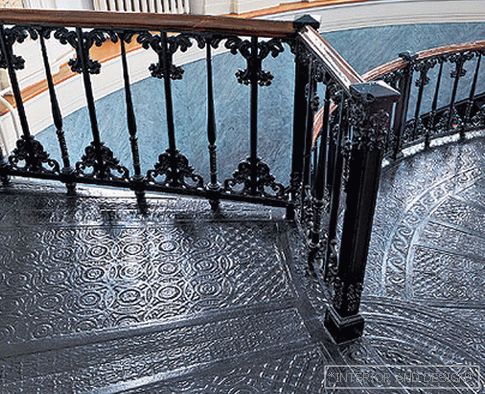
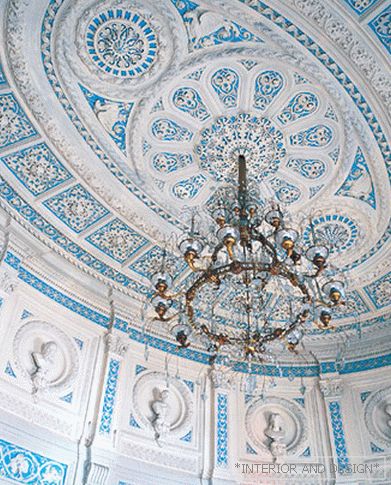
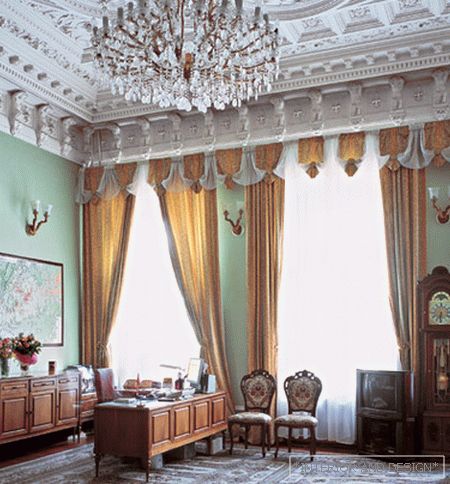
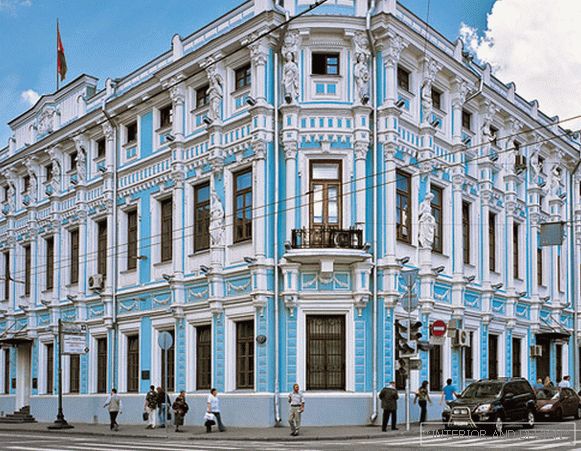 Passing the gallery
Passing the gallery A photo: Dmitry Livshits
Materials prepared: Elena Savinova
Leading headings: Marina Volkova
Magazine: N10 (110) 2006
The history of the embassy has more than 200 years. It began in 1774, when retired Colonel Mikhail Khlebnikov bought a plot of land. Then he bought a nearby merchant ownership and land at a nearby church. Thanks to all these acquisitions, the Khlebnikovs' manor was born, which in 1793 was bought by Field Marshal Count Peter Alexandrovich Rumyantsev-Zadunaisky, the famous military leader, the valiant hero of the Russian-Turkish war.
From that moment began the brilliant history of the house, which was often called and called the Rumyantsev Palace - by the name of the outstanding owner.
After the death of Count Peter Alexandrovich, the house in 1797 went to his eldest son Nikolai Petrovich, an outstanding statesman and a highly educated man. His fame almost eclipsed his father. If one distinguished himself on the battlefield, the other - in the cultural arena. Who just was not Nikolai Petrovich - Minister of Commerce, Minister of Foreign Affairs, State Chancellor, Chairman of the State Council. And in the cultural field - patron of the arts, an outstanding collector of Russian antiquities, the de facto founder of the Russian State Library (after the death of Nikolai Petrovich his collection of books was transferred to the treasury and subsequently formed the basis of the best Russian library). He also owned unique collections of maps, ancient manuscripts, numismatic, archaeological and mineralogical collections. Writers and historians gathered in the house of Nikolai Petrovich. Frequent guests here were Vyazemsky, Davydov, Batyushkov, Zhukovsky, Karamzin ...
Then the mansion went to the brother of Nikolai Petrovich Sergey. And after his death, the owners of the house changed several times. Among them were rich Moscow merchants and manufacturers, such as Shcheglov, Usachev, Sapozhnikov, Kaulin and Grachev. At the request of the latter in 1886, architect George Alexandrovich Kaiser rescheduled the mansion. The facades of the building were decorated with allegorical images, symbolizing different types of crafts and art, and the Grachev monogram appeared on the pediment. Then the house was adapted for apartments and commercial premises. In the upper floors, they arranged furnished rooms, while the lower ones provided offices for trading houses, joint-stock and insurance companies. In the mezzanine was placed the City auction office, where daily houses and estates were sold by auction. A significant part of the Grachevs' mansion was occupied by the Moscow branch of the joint-stock company of the Russian electrical engineering plants Siemens and Galske. In the ceremonial hall of the Rumyantsev house were demonstrated dynamos, electrical equipment, lamps and turbine generators.
In Soviet times, the building was given to the Electrotechnical Trust and its numerous offices, while on the upper floors there were still communal apartments.
This situation persisted until 1957, when the mansion was transferred to the representative office of the Byelorussian SSR. Since 1993, the Embassy of the Republic of Belarus in Moscow has been located here.
It is no coincidence that it was the Rumyantsev Palace that was given a Belarusian diplomatic mission. The Rumyantsev family connected a lot with Belarus. Catherine II granted Peter Alexandrovich to the office of the Belarusian city of Gomel. He inherited Nikolai Petrovich, who ruled here for several years.
Knowing about the glorious history of the mansion, the new owners decided to carry out serious restoration work to restore the original look of the Rumyantsevs' house. In the 19th century, changes were made to the historic interior, what can we say about the 20th century!
As a result of the work carried out in the 50s, the original forms of the house were identified. By the way, in the course of these studies, it turned out that under the building there are ancient cellars with vaulted ceilings and an extensive network of passages. The work was facilitated by the fact that the main house of the urban estate and its left wing retained a rich decorative and sculptural decoration of the mid-nineteenth century, as well as elements of the original decor of the XVIII century.
Inside, the palace is absolutely eclectic. Here, even chandeliers of different eras, up to the Soviet time. For example, the one that hangs in the oval hall is from the pavilion of Belarus at the Exhibition of Economic Achievements.
When reworking sought to restore the historical accuracy of the interior. Before the start of the restoration, special studies were conducted and 12 historical layers were discovered. In one of the halls on the walls under the panels of the Soviet period, pieces of newspapers from 1783 were found. The students and teachers of the Surikov school were engaged in the restoration, for the most part completely disinterested.
The work is far from complete. It is planned to create rooms for the reception of foreign delegations, a hall for the Belarusian president. It is assumed that some rooms will change the appointment. For example, the ambassador’s office may be moved, and in its place a “golden” hall is conceived with a round table in the center, armchairs and curtains - all in gold.
It is also supposed to restore the courtyard. Now it is built up with post-war buildings of no historical value. The only thing left of the Rumyantsevs' estate here is one of the outbuildings; it will be saved, but rebuilt. They want to move the elements of the design of the palace. In the annex, it is planned to create a large cultural complex - a concert hall for 1000 seats, a hall for official receptions.
Embassy Palace is intended primarily for representative functions. Rumyantsev Palace hosts international meetings, symposia, presentations, and round tables. Here is the official residence of the President of the Republic of Belarus.

